1 Universal Product Code (UPC)
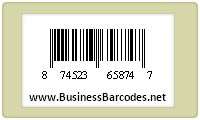
UPC barcodes are the most widely recognized barcode format in retail. They are used to identify individual products and are typically found on product packaging. UPC barcodes consist of a series of vertical bars and spaces that encode a 12-digit number.
2 European Article Number (EAN)
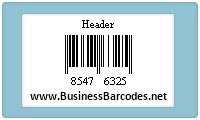
EAN barcodes are similar to UPC barcodes, but they are used primarily in Europe and other countries outside of North America. EAN barcodes consist of a 13-digit number encoded in a series of bars and spaces.
3 Code 128
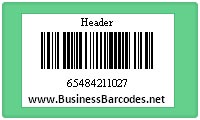
Code 128 barcodes are also used for inventory tracking and asset management. They can encode a large amount of data, including letters, numbers, and symbols, and are often used for more complex inventory management applications.
4 QR Code
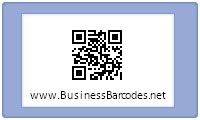
QR codes are a type of 2D barcode that can be scanned using a smartphone or other mobile device. They can be used to provide additional information about a product, such as product reviews or promotional offers.
5 Data Matrix
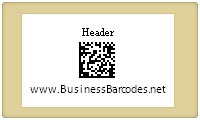
Data Matrix barcodes are another type of 2D barcode that can be used to encode a variety of information, such as product data, pricing information, and promotional offers. They can be scanned using a variety of scanning devices, including mobile devices and barcode scanners.
6 Code 39
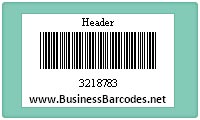
Code 39 barcodes are used to encode alphanumeric characters and are commonly used for inventory tracking and asset management. They can be found on products as well as on shipping labels and other packaging materials.
7 International Standard Book Number (ISBN)
ISBN barcodes are used to identify books and are commonly found on the back cover or inside cover of a book. ISBN barcodes consist of a 13-digit number encoded in a series of bars and spaces.